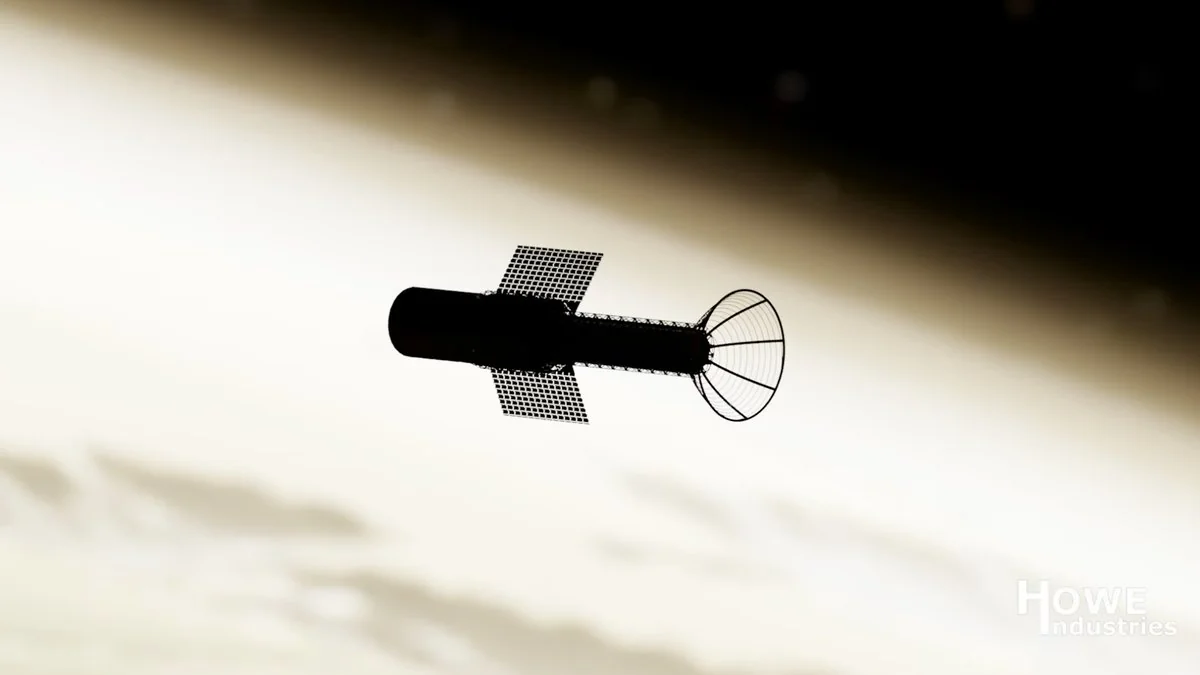NASA is developing a pulsed plasma rocket that could shorten the human flight to Mars from nine months to two months

Last week, NASA announced a partnership with technology company Howe Industries to develop a new engine that could take humans to Mars in just two months, as opposed to the current nine-month journey to the Red Planet.
Here's What We Know
NASA's Innovative Advanced Concepts (NIAC) programme recently selected six promising projects for additional funding and development. These include a railway on the Moon, liquid-based telescopes and a pulsating plasma rocket.
The potentially revolutionary propulsion system is being developed by Arizona-based Howe Industries. To reach high speeds in a shorter period of time, the pulsed plasma rocket would use nuclear fission - the release of energy from split atoms - to generate packets of plasma for thrust. Essentially, it will produce a controllable jet of plasma that will help the rocket propel itself through space.
Using the new propulsion system and in terms of thrust, the rocket could potentially generate up to 22,481 pounds of force (100,000 Newtons) with a specific impulse (Isp) of 5,000 seconds, offering surprisingly high fuel efficiency.
The space agency says the propulsion system's high efficiency could allow manned missions to Mars to be completed within two months. To date, with commonly used propulsion systems, a journey to Mars takes about nine months. In addition, the new plasma rocket will be able to carry heavier spacecraft that can be equipped with galactic cosmic ray shielding for the crew on board.
Overall, NASA's new plasma rocket promises to revolutionise space travel by shortening the journey time to Mars and making it less draining for astronauts.
Source: NASA, Howe Industries